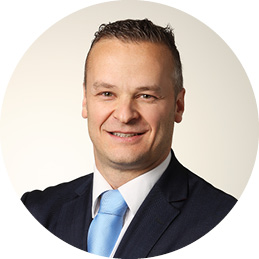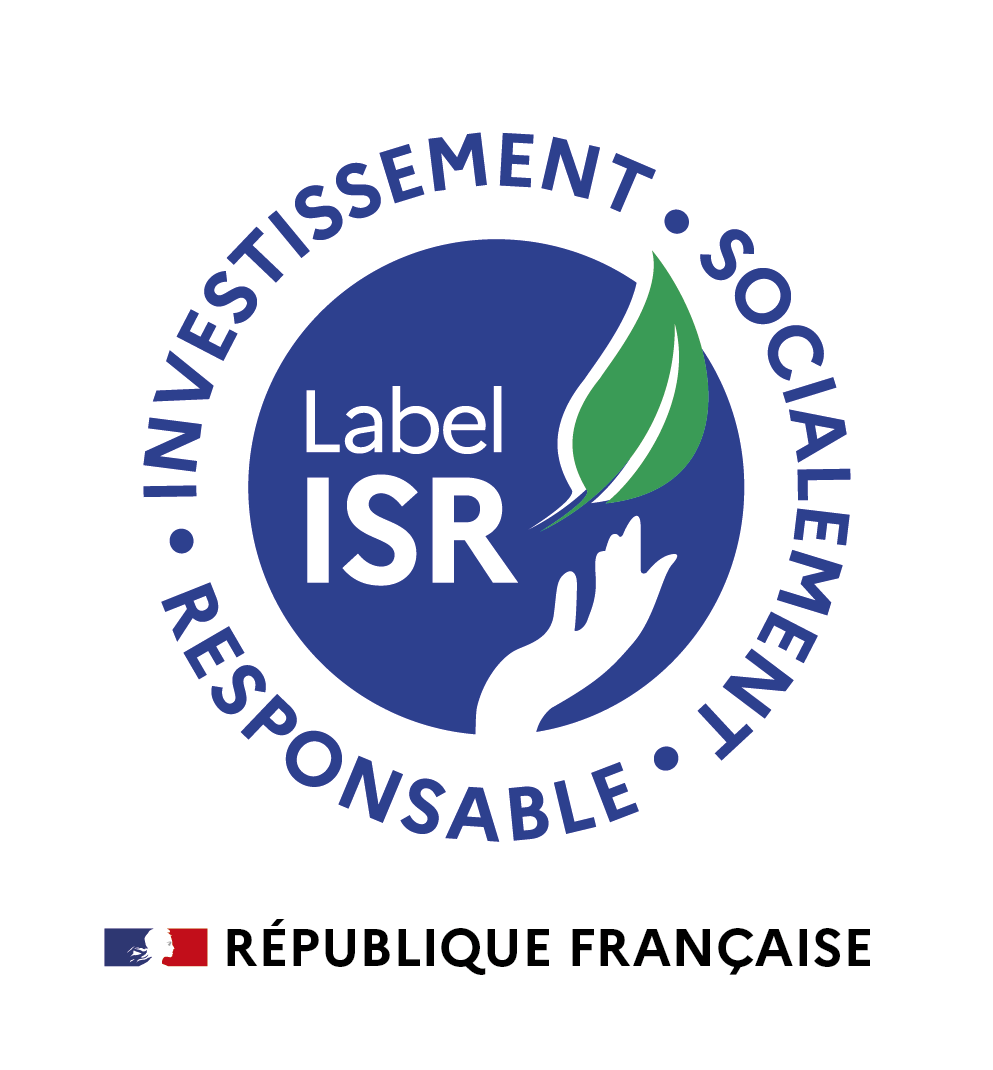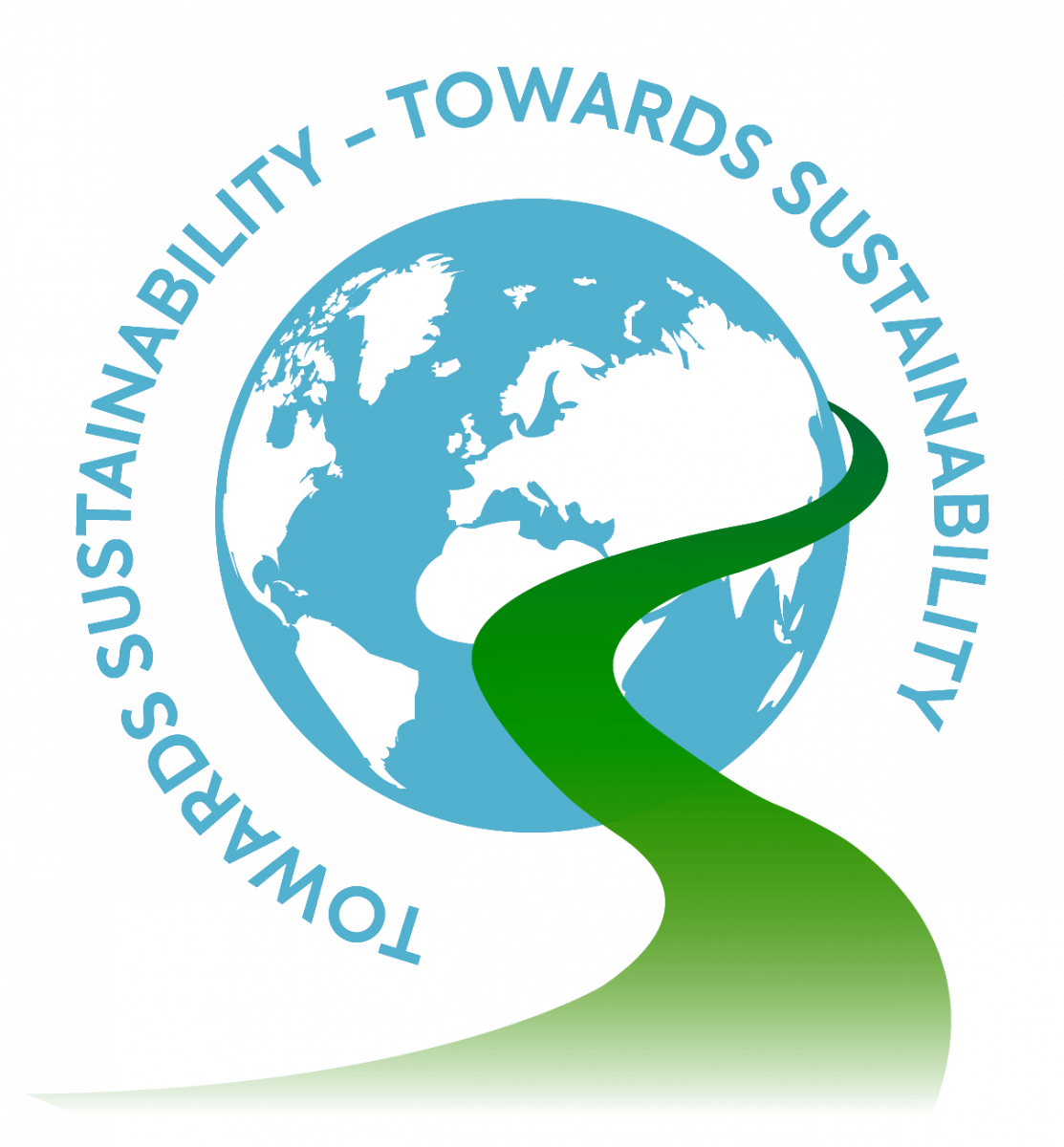
Important information
© 2022 Morningstar. All Rights Reserved. The information contained here: (1) is proprietary to Morningstar and/or its content providers; (2) may not be copied or distributed; and (3) is not warranted to be accurate, complete or timely. Neither Morningstar nor its content providers are responsible for any damages or losses arising from any use of this information. Past performance is no guarantee of future results. For more detailed information about the Morningstar Rating, including its methodology, please go to: https://s21.q4cdn.com/198919461/files/doc_downloads/othe_disclosure_materials/MorningstarRatingforFunds.pdf
© 2022 Sustainalytics. All Rights Reserved. The information, data, analyses and opinions contained here: (1) includes the proprietary information of Sustainalytics; (2) may not be copied or redistributed except as specifically authorized; (3) do not constitute investment advice nor an endorsement of any product or project; (4) are provided solely for informational purposes; and (5) are not warranted to be complete, accurate or timely. Sustainalytics is not responsible for any trading decisions, damages or other losses related to it or its use. The use of the data is subject to conditions available at https://s21.q4cdn.com/198919461/files/doc_downloads/press_kits/2016/Morningstar-Sustainability-Rating-Methodology.pdf .
Legal documents
About this fund
Shares of mid and large cap companies throughout the world that target to be the future leaders of climate change actions.
Investment strategy:
The fund seeks to achieve capital growth by investing in the principal assets traded and selecting companies involved in activities which enable the mitigation of, or the adaptation to climate change. In this context, the benchmark below will be used as investment universe.
The management team makes discretionary investment choices on the basis of an economic/financial analysis process as well as on a Candriam’s proprietary analysis of Environmental, Social and Governance (ESG) considerations, both indicative of risks and long-term opportunities, along with a specific screening based on climate change thematic considerations.
Firstly, investment ideas are screened and scored. All selected companies have been identified as a provider of direct and tangible solutions to tackle climate change and/or global warming. Secondly, each company is assessed through a financial framework according to five fundamental criteria: quality of management, business growth, competitive advantage, value creation, and financial leverage. Issuers are evaluated on the basis of an analysis of the business activities (how companies' activities address the key sustainable challenges…) and of the stakeholders (how companies manage material stakeholder issues including employees, environment…). In addition, issuers deemed to prone to controversies are also excluded.The fund’s sustainable investment objective is to invest in companies and sectors presenting a significant impact on ability to mitigate climate change or adapt to its physical consequences. Some of the companies identified as bringing solution to climate change might achieve this whilst at the same time themselves emitting a certain amount of greenhouse gases. Essential for this strategy is to consider not just individualcompanies’ carbon emissions, but their overall contribution to the Paris Agreement objectives through their alignment with a 2 degree global warming low carbon scenario. More specifically, the Fund aims to achieve an overall portfolio alignment with a temperature scenario equal or lower than 2.5 degrees (2 degrees by January 1st 2025). In line with this objective, the Sub-Fund aims to invest a higher share of its assets in high stake companies than the Benchmark. High stake companies are defined by the EU Climate Benchmark regulation as those belonging to one of the sectors considered to play the biggest role in achieving the Paris Agreement objectives.
This analysis and selection process is enriched by the results of dialogs led with issuers.
This investment approach will cause the fund to avoid certain issuers due to their poor contribution to attaining the sustainability objective of the Fund. Whilst the manager believes that such issuers are likely to lose out to more sustainable ones over the long term, market volatility and short term market trends could result in such issuers outperforming more sustainable ones over shorter periods.
For further information, please refer to Candriam’s website and/or the prospectus.
The fund may use derivative products both for investment and hedging purposes (hedging against unfavourable future financial events).
Benchmark: MSCI ACWI (Net Return).
The fund is actively managed and the investment approach implies a reference to a benchmark.
Benchmark definition: The index measures the performance of the large and mid-capitalization equity segment across developed and emerging markets worldwide.
Use of the benchmark:
- as investment universe. In general, the majority of the fund’s financial instruments are part of the benchmark. This said, investments outside this benchmark are admitted,
- in the determination of risk levels/parameters.
Deviation level of the portfolio composition from the benchmark:
The fund being managed actively, its objective is not to invest in all constituents of the benchmark, nor to invest to the same extent in the constituents of the benchmark. Under normal market conditions, the tracking error of the fund will be important this is more than 4%.
This measure is an estimation of the deviation of the fund’s performance compared to the performance of the benchmark. The more the tracking error is important, the more deviations compared to the benchmark are important. The effective tracking error depends notably on the market conditions (volatility and correlations between financial instruments) and can deviate from the expected tracking error.
Investment Team



Other information
This is a marketing communication. Please refer to the prospectus of the funds and to the key information document before making any investment decision. This marketing communication does not constitute an offer to buy or sell financial instruments, nor does it represent an investment recommendation or confirm any kind of transaction, except where expressly agreed. Although Candriam selects carefully the data and sources within this document, errors or omissions cannot be excluded a priori. Candriam cannot be held liable for any direct or indirect losses as a result of the use of this document. The intellectual property rights of Candriam must be respected at all times, contents of this document may not be reproduced without prior written approval.
Warning: Past performance of a given financial instrument or index or an investment service or strategy, or simulations of past performance, or forecasts of future performance does not predict future returns. Gross performances may be impacted by commissions, fees and other expenses. Performances expressed in a currency other than that of the investor's country of residence are subject to exchange rate fluctuations, with a negative or positive impact on gains. If the present document refers to a specific tax treatment, such information depends on the individual situation of each investor and may change.
In respect to money market funds, please be aware that an investment in a fund is different from an investment in deposits and that the investment’s principal is capable of fluctuation. The fund does not rely on external support for guaranteeing its liquidity or stabilizing its NAV per unit or share. The risk of loss of the principal is borne by the investor.
Candriam consistently recommends investors to consult via our website https://www.candriam.com the key information document, prospectus, and all other relevant information prior to investing in one of our funds, including the net asset value (“NAV) of the funds. Investor rights and complaints procedure, are accessible on Candriam’s dedicated regulatory webpages https://www.candriam.com/en/professional/legal-information/regulatory-information/. This information is available either in English or in local languages for each country where the fund’s marketing is approved.
According to the applicable laws and regulations, Candriam may decide to terminate the arrangements made for the marketing of a relevant fund at any time.
Information on sustainability-related aspects: the information on sustainability-related aspects contained in this communication are available on Candriam webpage https://www.candriam.com/en/professional/sfdr/. The decision to invest in the promoted product should take into account all the characteristics or objectives of the promoted product as described in its prospectus, or in the information documents which are to be disclosed to investors in accordance with the applicable law.Notice to investors in Switzerland: The information provided herein does not constitute an offer of financial instruments in Switzerland pursuant to the Swiss Financial Services Act ("FinSA") and its implementing ordinance. This is solely an advertisement pursuant to FinSA and its implementing ordinance for financial instruments.
Swiss representative: CACEIS (Switzerland) SA, Route de Signy 35, CH-1260 Nyon. The legal documents as well as the latest annual and semi-annual financial reports, if any, of the investment funds may be obtained free of charge from the Swiss representative.
Swiss paying agent: CACEIS Bank, Paris, succursale de Nyon/Suisse, Route de Signy, 35, CH-1260 Nyon.
Place of performance: Route de Signy 35, CH-1260 Nyon.
Place of jurisdiction: Route de Signy 35, CH-1260 Nyon.



ESG Assessment
This Sub-Fund's investment strategy is to invest mainly in equities of mid and large cap companies throughout the world which are considered to become the future leaders of climate change action.
This is, companies involved in activities which enable the mitigation of, or the adaptation to climate change; companies for whom providing climate change solutions is central to their growth and whose products, process, technologies and/or services rightly address climate challenges through innovations and solutions in renewable energy, energy efficiency ; storage, and/or climate change ; pollution adaptation.
The selection is mainly based on the securities financial characteristics and proprietary analysis of ESG criteria.
The investment strategy is implemented following a well-defined investment process and a strict risk framework.
Respect of these elements are subject to Candriam risk monitoring.
With regard to the environmental and social sustainability aspects of the investment strategy, Candriam's proprietary ESG analysis, leading to ESG rating and scoring, as well as the norms-based controversy assessment and controversial activities exclusion policy are implemented as they enable to define the investable universe for the Sub-Fund.
In addition, Candriam's ESG analysis, comprising an analysis of the business activities of an issuer and of its interactions with its key stakeholders, is integrated into the financial management of the portfolio to enable the fund manager to identify the risks as well as opportunities that arise from the major challenges of sustainable development.
Candriam as a management company has put in place a monitoring framework as described within the sustainability risk policy.
Risk monitoring of the investment strategy of the Sub-Fund aims to ensure that investments are aligned with and take into account the environmental, social and governance indicators and sustainability thresholds as explained above.
a. ESG selection criteria:
For corporates, the internal analysis of ESG criteria consists in selecting the issuers:
• that are the best positioned to meet the challenges of sustainable development;
• that comply with the principles of the United Nations Global Compact (i.e. human rights, labour law, the environment, anti-corruption), and which are therefore less exposed to the risks associated with these themes; and
• that are not engaged in controversial activities such as armament (securities of a company whose activity consists of manufacturing, the use or possession of anti-personnel mines, cluster bombs and/or depleted uranium weapons), tobacco, thermal coal.
For sovereign issuers, the internal analysis of ESG criteria consists in selecting:
• Countries that perform best across our four categories of sustainable development criteria: Human Capital, Natural Capital, Social Capital and Economic Capital;
• Countries that are not part of our highly Oppressive Regimes or dictatorships, based on the Freedom House Freedom in the World Index and the World Bank Voice & Accountability Index.
b. Selection methodology:
The companies selected by the management company are subject to a dual analysis:
• Analysis of their activity to assess their alignment with the major challenges of sustainable development. For example, regarding the transition to a circular economy, the management company will consider a company producing recycled steel to be more sustainable than a company producing steel exclusively from iron ore; and
• Analysis of how the company manages players interacting with the company: its employees, its customers, its shareholders, its suppliers and the environment. Here too, the management company will favour companies that adopt the most sustainable practices given their sector. For example, with regard to relations with its clients, the management company will favour pharmaceutical companies with balanced pricing practices and commercial policies. Similarly, with regard to relations with their employees, the management company attaches great importance to the fight against discrimination and compliance with social standards.
Our sovereign investible universe consists of those countries which perform best across our four categories of sustainable development criteria:
• Natural Capital: stock of naturel resources managed by the country;
• Social Capital: trust, norms and institutions which people can rely on to solve common problems and create social cohesion;
• Human Capital: human productivity to which the country participates through education and other initiatives;
• Economic Capital: assessing the level of economic activity viability.
c. A team of ESG analysts is responsible for assessing the selection criteria:
The analysis and selection of sustainable investments is carried out by a dedicated team of ESG analysts within Candriam. This team is made up of specialists whose mission is to analyse the exposure of companies and governments to the risks and opportunities associated with sustainable development.
Selection criteria are expected to evolve over time, based on advances in ESG research and changes in company practices.